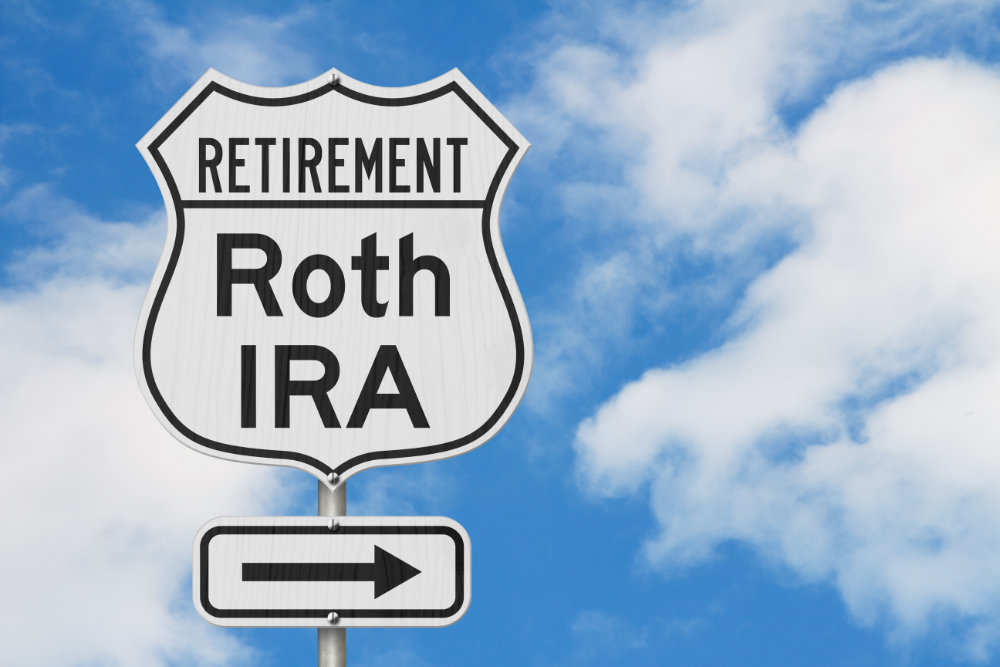9 Ways to Fund Your Child’s College Education
March 11, 2025
Paying for college is one of the biggest financial challenges families face. Tuition costs just keep going up, making it increasingly important to plan ahead and explore all the different funding options. Fortunately, there are multiple ways to cover these expenses without putting an overwhelming strain on your finances. By combining different strategies, you can very likely find a manageable way to support your child’s education. Just remember that the earlier you start this preparation, the better—and easier—it will be. There’s no easy way unless you have a pot of gold hidden somewhere, but you can make it happen with some strategic planning and resourcefulness.
1. Savings and Investment Accounts
One of the most effective ways to fund college is by saving early. Many families use tax-advantaged accounts such as 529 plans, which allow money to grow tax-free when used for educational expenses. Other options include Coverdell Education Savings Accounts (ESAs) and custodial accounts like UTMA or UGMA. Some families also invest in standard brokerage accounts or real estate, using the returns to help cover tuition.
2. Scholarships and Grants
Scholarships and grants are excellent funding sources because they do not require repayment. Many organizations, schools, and government programs offer merit-based and need-based awards. Encouraging your child to apply for multiple scholarships can significantly reduce the financial burden. Researching opportunities from local businesses, nonprofits, and national programs can uncover additional funding sources.
3. Work-Study and Part-Time Jobs
Many colleges offer federal work-study programs that allow students to earn money while attending school. These jobs often have flexible schedules and are located on campus, making them convenient for students. Beyond work-study, part-time jobs in retail, tutoring, or freelancing can provide extra income while helping students develop valuable skills.
4. Parental Contributions and Assistance from Relatives
Some parents choose to allocate a portion of their income toward tuition each year. Others receive assistance from extended family members, such as grandparents, who contribute to education savings plans or directly help with costs. If relatives are willing to assist, discussing tax-efficient ways to gift money can maximize the financial benefit.
5. Student Loans and Private Lending
For many families, student loans are a necessary part of financing college. Federal student loans often come with lower interest rates and flexible repayment options. Some families also explore private loans, though they typically require a co-signer and may have stricter terms. Borrowing should be done carefully to avoid excessive debt after graduation.
6. Employer Assistance and Tuition Reimbursement
Some companies offer tuition assistance or reimbursement programs for employees and their dependents. If an employer provides this benefit, it can be a great way to reduce out-of-pocket expenses. Additionally, some students target jobs with companies that offer tuition assistance as part of their benefits package. Some of these include:
Starbucks
Starbucks has a program called the College Achievement Plan, for qualified employees who want to pursue a bachelor’s degree through Arizona State University's online programs.
Amazon
Amazon has the Amazon Career Choice Program, which offers college tuition support in the form of pre-paid tuition and reimbursement of books and fees up to annual limits, among other support programs.
Apple
Full-time employees at Apple might be eligible for tuition reimbursement through the Apple Education Reimbursement program, up to $5,250.
Geico
Geico offers up to $5,250 tuition reimbursement for both accredited four-year colleges and community colleges, for qualified employees.
Home Depot
Unlike some others on this list, even part-time employees at Home Depot can be eligible for tuition reimbursement, starting from day one of employment. For part-timers, the amount is currently $1,500.
McDonald’s
If your child works at least 30 hours a week at Micky Ds, they could get up to $3,000 per year in tuition assistance. If they work at least 15 hours a week they can get up to $2,500. Eligibility starts after three months of employment.
T-Mobile
This mobile phone company offers up to $3,000 toward tuition at any of their partner online colleges. This offer is open to full and part-timers after three months of employment.
There are lots more companies that have tuition assistance programs, too numerous to mention them all here. They include:
-
UPS
-
Verizon
-
Walmart
-
Wells Fargo
-
Papa John’s
-
Lowe’s
-
And more
For a comprehensive list, visit GetSchooled.com.
7. Military and Government Programs
For students interested in military service, programs like ROTC scholarships or the GI Bill can cover a substantial portion of college costs. Additionally, some states offer tuition assistance to students who attend in-state public universities. Exploring government programs at both the state and federal levels can help uncover additional funding sources.
8. Community College and Transfer Pathways
Starting at a community college before transferring to a four-year institution can significantly reduce costs. Many community colleges offer affordable tuition and articulation agreements that guarantee transfer to state universities. This strategy allows students to complete general education requirements at a lower cost before moving on to a more expensive institution.
9. Crowdfunding and Creative Approaches
Some families turn to crowdfunding platforms to raise money for college expenses. While not a traditional method, online fundraising can be useful for students with compelling stories or unique circumstances. Others find creative ways to reduce costs, such as securing sponsorships, entering competitions with cash prizes, or bartering services for tuition discounts.
Funding a child’s college education requires a combination of planning, saving, and exploring various financial resources. By considering multiple approaches, families can create a strategy that works for their unique financial situation. While tuition costs can seem out of reach, careful preparation and resourcefulness can make higher education for your child an achievable goal.
by Kate Supino



